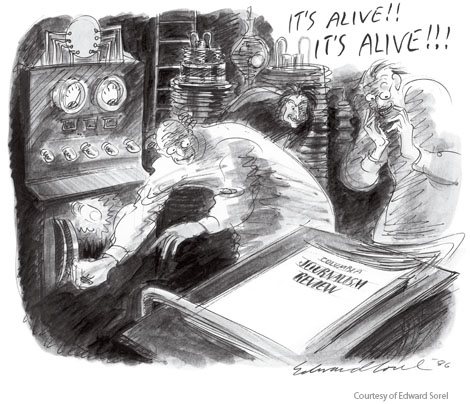
Reckoning After a number of players suffered concussions during the tournament and were allowed to keep playing, FIFA was forced to launch an investigation. International soccer currently has no substantive protocol for dealing with concussions. (Damir Sagoli / Reuters)
In 2014, the efforts to make organized sports safer and more just had a run of significant victories.
In January, a federal judge rejected the NFL’s proposed $765 million concussion settlement, forcing the league to offer a better deal to retired players. In March, a ruling by the National Labor Relations Board’s Chicago office said Northwestern University football players were university employees and could vote to join a union. In July, the NCAA agreed to spend $75 million on medical monitoring and research to settle concussion-related lawsuits by former student-athletes. And in August, another federal judge dismantled the entire rationale for amateurism, the conceptual bedrock of the NCAA, and paved the way for college athletes to be paid.
Critics have rightly pointed out the shortcomings, and the relatively modest progress this all represents. Looked at a different way, though, these developments represent how deeply safety and fairness issues have penetrated the national consciousness. They represent a sea change in the conversation about sports in America—and increasingly around the world. The reporters and editors who have kept these stories front and center deserve much of the credit.
The Editors are the staffers of the Columbia Journalism Review.
